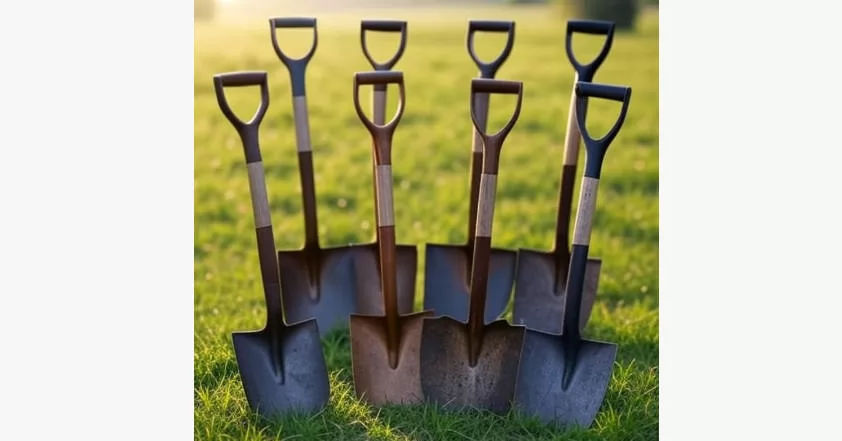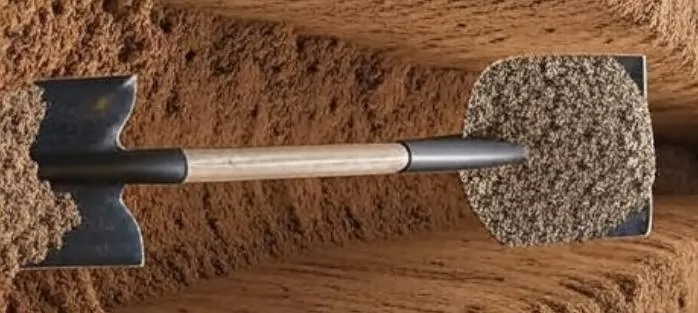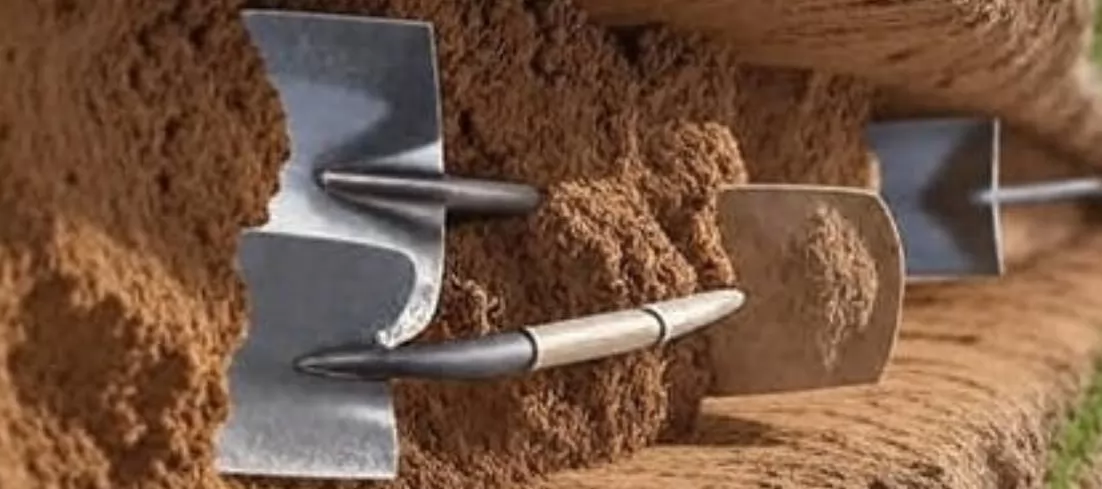_1750749931_WNo_1600d900.webp)
Shovels, one of humanity’s oldest tools, are designed with a simple yet versatile structure: a handle and a blade, or shovel head, tailored to specific tasks. The shovel head’s shape, size, and material determine its functionality, making it essential for everything from gardening to construction. Below, we explore the primary types of shovel heads found worldwide, their unique designs, and their applications.

The round-point shovel head is the most recognizable, featuring a blade that tapers to a rounded or slightly pointed tip. This design excels at penetrating hard soil, clay, or gravel, making it a go-to for digging holes, breaking up tough ground, planting trees, or harvesting root crops. Commonly used in gardening, landscaping, and construction, its pointed shape reduces resistance, allowing for efficient digging in challenging conditions.

With a flat, straight-edged blade, the square-point shovel head is built for scooping and moving loose materials like sand, gravel, mulch, or snow. It’s also ideal for leveling surfaces or edging lawns, offering clean, precise cuts. Found frequently in construction, snow removal, and yard maintenance, this shovel head’s flat edge ensures efficient scooping and a polished finish for landscaping tasks.

Narrow and elongated, the trenching shovel head often has a pointed or slightly rounded tip, designed for digging deep, narrow trenches. It’s perfect for installing irrigation systems, laying cables, or creating drainage ditches. Used in plumbing, electrical work, and landscaping, its slim profile minimizes soil disturbance while allowing for precise, deep digging.
The scoop shovel head, wide and shallow like a dustpan, is crafted for moving large volumes of lightweight materials such as grain, coal, snow, or loose debris. Common in agriculture, warehousing, and snow clearing, its broad blade maximizes load capacity, making bulk movement quick and efficient.

Featuring a flat, crescent-shaped blade with a sharp, straight edge, the edging shovel head is designed for creating clean boundaries in landscapes. It’s used to define garden beds, cut turf, or shape lawn edges, making it a staple in gardening and landscaping. The sharp edge ensures precise cuts, delivering a professional, polished look.
Though often mistaken for a shovel, a spade has a flat, rectangular blade with sharp edges, ideal for slicing through soil or roots. It’s used for transplanting plants, dividing perennials, or digging in rocky soil, making it a favorite in gardening and nursery work. The sharp blade excels at cutting and prying, offering precision where other shovels might struggle.
The post-hole shovel head is a specialized design, typically featuring two hinged blades that form a cylindrical shape when closed. It’s used for digging deep, narrow holes for fence posts or signposts, commonly in fencing and construction. The dual-blade design efficiently removes soil from deep holes, streamlining the process.
Snow shovel heads are wide, slightly curved, and often made of lightweight materials like plastic or aluminum. Designed for clearing snow from driveways, sidewalks, or paths, they’re essential in regions with heavy snowfall. The lightweight construction reduces strain during repetitive use, making snow removal less taxing.
Beyond standard types, niche shovel heads cater to unique tasks. Coal shovel heads, small and sturdy, are designed for handling coal in confined spaces like fireplaces. Garden trowel heads, essentially miniature shovel heads, offer precision for planting or weeding. Folding shovel heads, compact and portable, are favored by campers or military personnel. Root-cutting shovel heads, reinforced with serrated edges, are built to slice through tough roots with ease.
Pinpointing an exact number of shovel head types worldwide is challenging due to regional variations, cultural designs, and manufacturer innovations. The nine categories outlined above represent the most common and widely recognized types, though local tools or modern ergonomic designs add further diversity.
Selecting the appropriate shovel head depends on the task. Steel blades offer durability for heavy-duty work, while aluminum or plastic is better for lightweight tasks like snow removal. Larger blades suit scooping, while smaller ones provide precision. Pairing the head with a handle length suited to your height and the task at hand ensures comfort and efficiency.
Shovel heads, though seemingly simple, reflect the ingenuity of tool design across cultures and industries. From the pointed blade of a gardener to the wide scoop of a snow clearer, each type serves a distinct purpose. Next time you wield a shovel, consider the thought behind its head—it’s far more than just a blade.












We use cookies to make the website work, to provide advanced features, social media and traffic analysis, and we use analytics and third-party advertising cookies. If you choose to click "Deny All", you will retain the default setting of not allowing the use of cookies or other tracking tools other than technical tools.



